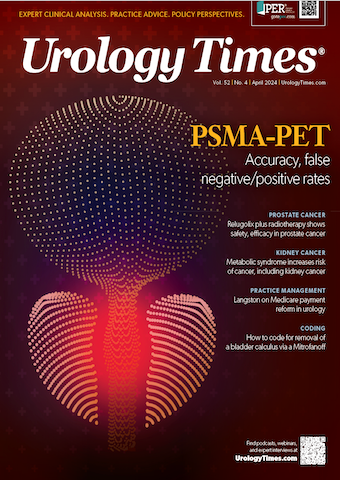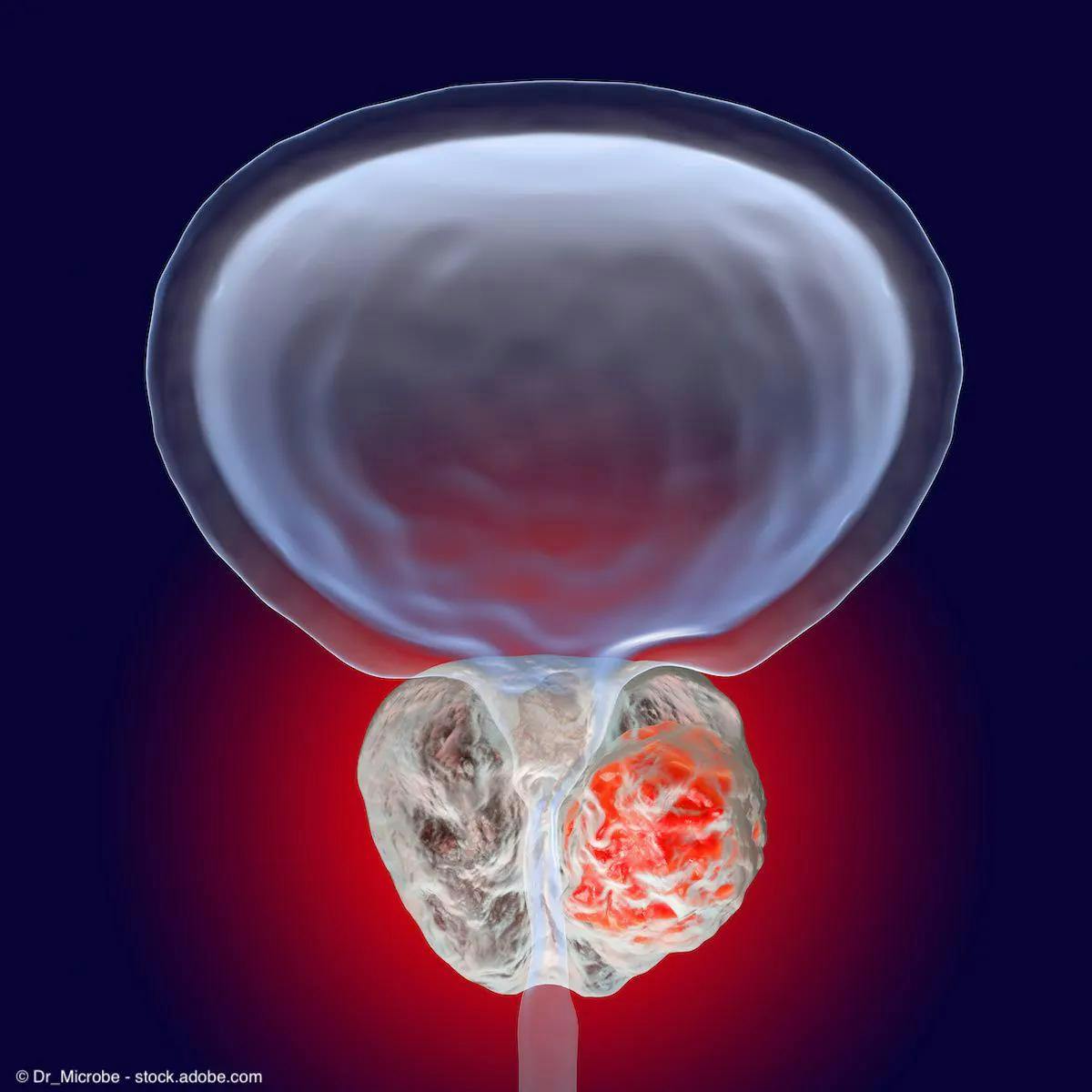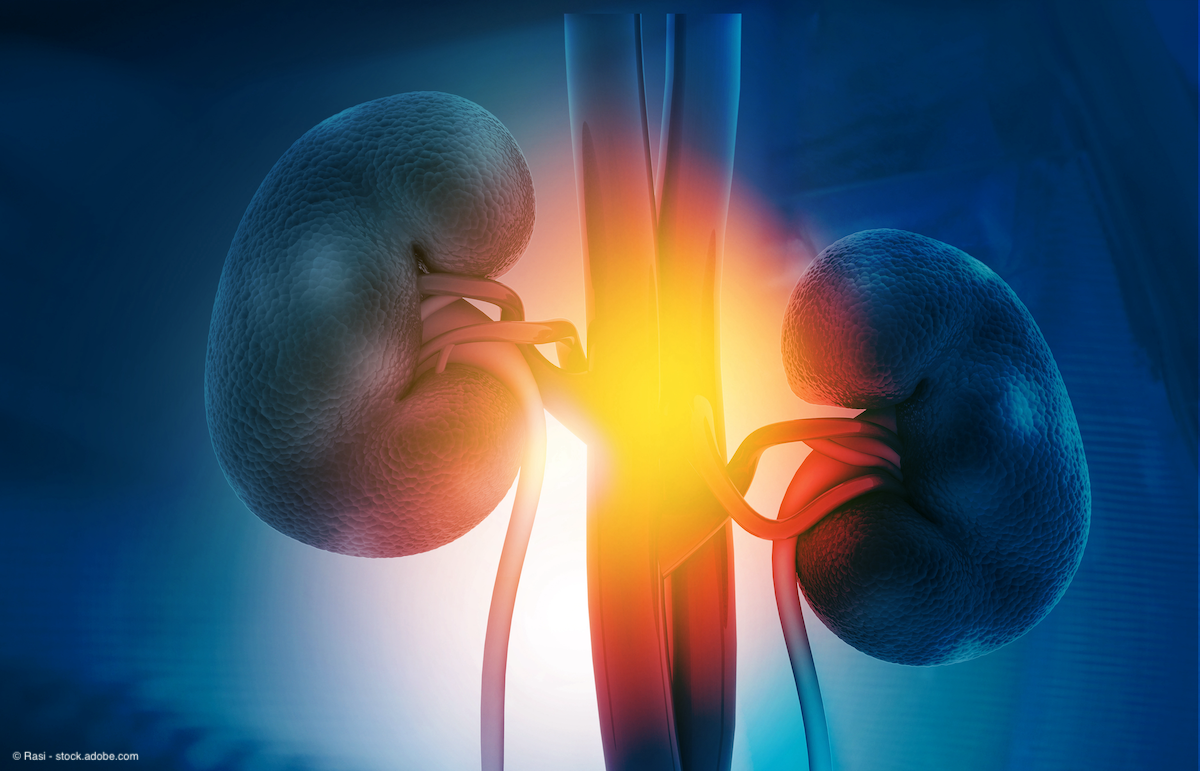Commentary
Article
Urology Times Journal
Urology in the Lab: Researchers link EBV to multiple sclerosis
Author(s):
"This work and previous work supports the idea that EBV not only causes MS, but also continues to affect disease progression," write the authors.
Kate Gessner, MD, PhD

Urology Times will be starting a new section that focuses more on basic science. This section, Urology in the Lab, will be written by us—Kate Gessner, MD, PhD, and Philip Abbosh, MD, PhD. We are 2 practicing urologists who have significant translational research efforts. Although we are both urologic oncologists, Urology in the Lab will not focus only on basic research in cancer. The goal of this section is to educate urologists on what we think are highly relevant studies whose findings have served or will serve as the basis for transformative urology. The papers on these findings will not necessarily have been published in the immediate past. More likely, we will focus on somewhat older papers (<10 years) that thoroughly tested a relevant hypothesis, changed or affirmed what we think about a certain condition or treatment, or are the basis (or could be the basis) for new treatments, preventive strategies, or diagnostics. Further,highlighted manuscripts may be somewhat peripheral to urology. (Note: We are open to suggestions for articles to highlight.)
Philip Abbosh, MD, PhD

Urology in the Lab starts off with data from a study that very strongly implicates Epstein-Barr virus (EBV) as the causative agent underlying multiple sclerosis (MS), a demyelinating disease that often finds its way into the urology clinic due to neurogenic bladder that can develop during the course of disease.1
The study, published by Bjornevik et al, is based on a natural longitudinal experiment that occurred over 20 years in participants enlisted in the US military. The military, as part of standard testing, screens all enlistees for HIV using a blood test at the start of their career and every 2 years after that. Leftover serum from these tests is banked and includes more than 62,000,000 samples from more than 10,000,000 military personnel with diverse ethnic backgrounds. Through a collaboration with the military, Bjornevik et al used a serum test for anti-EBV antibodies to detect EBV in these longitudinally collected leftover samples. If MS is caused by EBV, then EBV infection should be detectable prior to symptom onset and diagnosis of MS. Although the EBV-positive rate for adults in the US is 95%, this large sample set provided hundreds of cases and controls to execute a proper study.
Programmed serial sampling permitted the authors to have 3 time points (earliest, last prior to MS diagnosis, and one in between) to test for anti-EBV antibodies. The authors identified 955 cases of MS that developed in the cohort, with 801 having all 3 available time points. Each case was matched to 2 controls with similar demographics who did not develop MS. Eight hundred of the 801 cases had positive EBV serum samples prior to the onset of MS. 35 participants with MS were EBV negative at the time of first serum sample, and 34 of 35 (97%) of these cases seroconverted during the study timeline. In contrast, only 57% of MS-negative cases seroconverted. Based on relative timing of EBV seroconversion and MS symptom onset, the authors estimate that the time from EBV infection to diagnosis of MS was 7.5 years in this cohort.
EBV is transmitted through saliva, similar to other herpes viruses, and therefore may simply be a confounder. To rule out confounding, the authors tested the rate of cytomegalovirus (CMV) seroconversion in case vs control and found similar rates of CMV seroconversion in both cohorts. CMV was an optimal choice for this control comparison because CMV has a similar transmission route (saliva) and infects humans with similar socioeconomic and demographic predilections as EBV. Additionally, CMV-positive cases had lower rates of MS, supporting the hypothesis that CMV infection prior to EBV decreases the negative inflammatory effects of EBV.
Finally, the authors also used an agnostic viral profiling tool in 30 MS cases and 30 non-MS cases and found no other virus whose presence was enriched in cases vs controls.
To further prove their hypothesis, the authors used the same serum samples to measure serum neurofilament light chain (sNFL) levels before and after seroconversion in cases and controls. sNFL is a sensitive marker for neurodegeneration that is known to increase in patients prior to MS clinical onset. sNFL levels were similar in MS and non-MS cases who later seroconverted in samples prior to seroconversion, but were elevated in MS cases after seroconversion but before the diagnosis of MS. Therefore, neural demyelination was occurring after EBV infection but before the formal diagnosis of MS.
The strength of the association between EBV infection and incident MS diagnosis is so strong that there are no other known risk factors that are plausible causes for MS.
What does this mean? The obvious implication (that we offer) is that an EBV vaccine could prevent MS. Because EBV is the causative agent for other diseases such as Burkitt lymphoma and nasopharyngeal carcinoma, the rationale for vaccine development is very strong. Furthermore, this work and previous work supports the idea that EBV not only causes MS, but also continues to affect disease progression. Therefore, in patients with MS, targeting EBV with antivirals could modify the progression of MS and, perhaps, reduce the development of neurogenic bladder.
REFERENCE
1. Bjornevik K, Cortese M, Healy BC, et al. Longitudinal analysis reveals high prevalence of Epstein-Barr virus associated with multiple sclerosis. Science. 2022;375(6578):296-301. doi:10.1126/science.abj8222

Newsletter
Stay current with the latest urology news and practice-changing insights — sign up now for the essential updates every urologist needs.
























